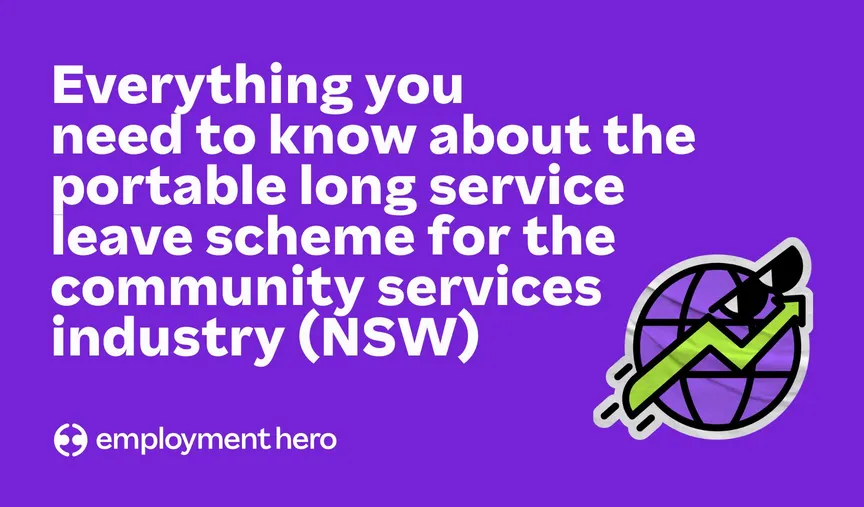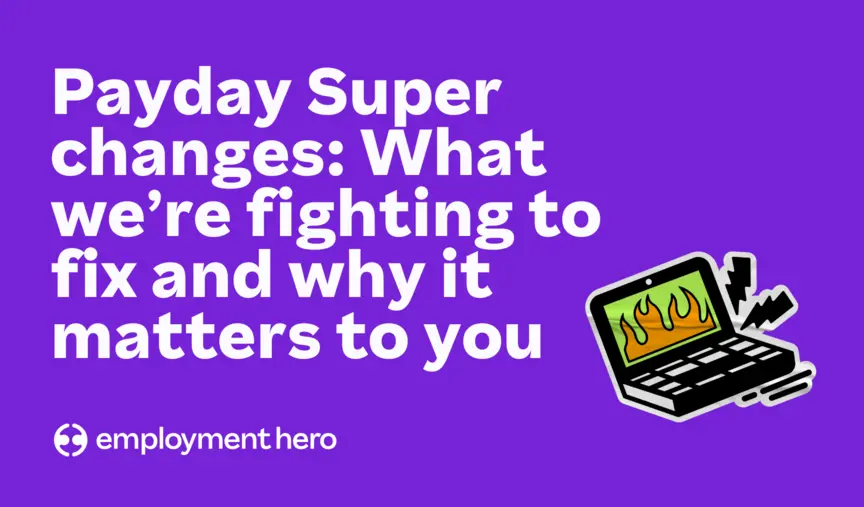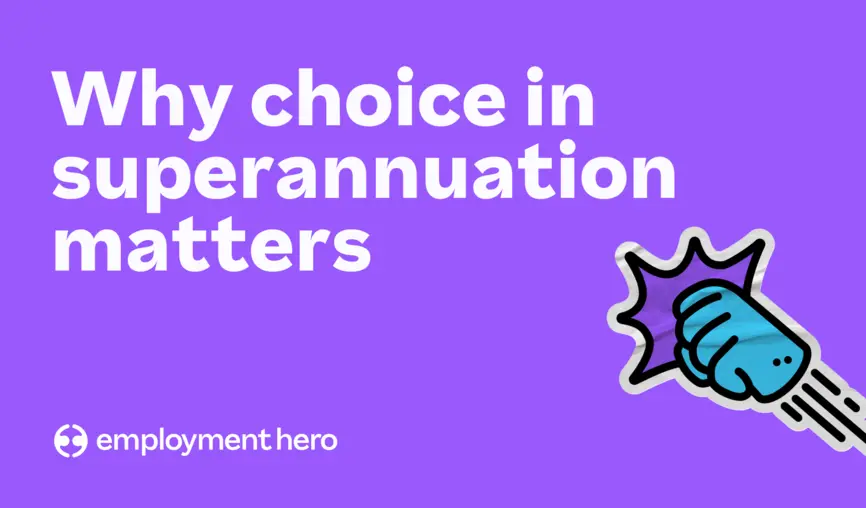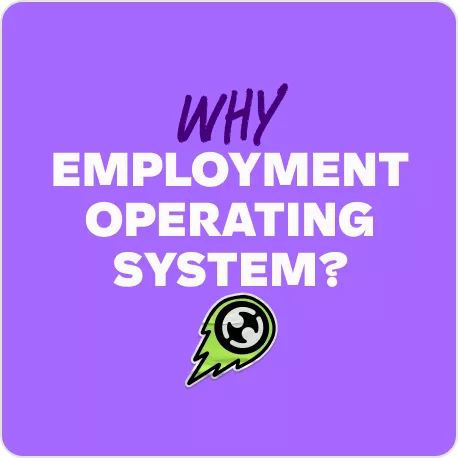Supporting transgender employees in the workplace
Recent changes to legislation have made it easier for trans and gender-diverse people to live their authentic life. As a business, you can help support trans employees by making simple changes to your workplace policies and culture. Here’s how!

In June of 2020, the US Supreme Court handed down a ruling that barred employers from discriminating against queer and transgender employees. This was the latest of many fights happening worldwide to introduce or strengthen legislation to protect the LGBTQ+ community in the workplace.
While this landmark ruling is a great step forward, the LGBTQ+ community – and the trans and gender-diverse community in particular – still frequently face discrimination in workplaces around the world.
Trans and gender-diverse employees are almost twice as likely to hear sexist jokes about people of their gender or to hear demeaning comments about people like themselves. From this, they are three times more likely to feel like they can’t talk about themselves or their life outside work.
This is likely part of the reason why trans people frequently think about leaving their company.  As we’ve explored throughout our 2021 Diversity and Inclusion series, fostering diverse and inclusive workplaces opens your business up to invaluable diverse thinking.
As we’ve explored throughout our 2021 Diversity and Inclusion series, fostering diverse and inclusive workplaces opens your business up to invaluable diverse thinking.
Achieving true equality in the workplace, whether it’s gender, racial, or otherwise, requires an understanding of the challenges that hold us back.
Diverse and inclusive workplaces can also make a significant impact beyond the office door, creating better professional lives for people from minority groups and driving change in society-wide inequalities.
Why are transgender employees being discriminated against?
We spoke to Eloise Brook of The Gender Centre about supporting trans and gender-diverse people in the workplace.
She suggests that ignorance and a lack of understanding were often to blame for discrimination.
“One of the main issues for trans and gender-diverse is that it’s still a relatively uncommon experience for people to know trans or gender diverse people, or to understand the circumstances around the lives of trans and gender diverse people,” she says. “So trans and gender-diverse people – if they’re entering the workplace or coming out or transitioning, often experience a kind of discrimination or disadvantage to do with people’s ignorance around how to offer support. Businesses and organisations have been on this journey, asking how do we effectively support our employees who are trans and gender diverse in such a way that they can just get on with their job, they can just get on with their lives and ensure that they aren’t spokespeople.”
1. Use inclusive gender identity and pronouns
When your employees are onboarding, do you offer them a chance to select their gender identity when they’re filling out their onboarding documents? In addition to ‘Male’ and ‘Female’ tickboxes, include ‘Non-binary’ or ‘Prefer not to say’, so you can understand their gender identity before they start the job.
💡Employment Hero has gender selection options of ‘female’, ‘male’, ‘non-binary’ and ‘would prefer not to say’ as a standard inclusion on our paperless onboarding system.

“For workplaces, it’s all about making sure that trans and gender diverse people feel included, that they can just get on with their job. Often one of the main problems that trans and gender-diverse people experience is a lack of understanding of how trans and gender-diverse people might identify, what kind of pronouns they might use and what’s the best way to make someone feel included. These are quite basic but really important things, sometimes they can be caught up with people’s resistance or uncertainty about the way that gender works.”
What are pronouns?
Personal pronouns are the words we use to describe ourselves or others – ‘he’, ‘she’ or ‘they’. For a non-binary or gender-neutral person, you should use the word ‘they’ in the place of ‘he’ or ‘she’.
For a trans person, remember to use the pronoun that aligns with the gender of which they identify. If you feel uncomfortable or unsure about what pronouns to use with someone, ask them. It can be distressing for a person who is trans to be called by the name they used prior to transitioning or by incorrect pronouns.
Make sure when you’re talking to or about a trans person you remember to use their identified name.
Sometimes, mistakes will happen. If you or one of your staff members do slip up, offer a private and professional apology and remember for the future. Increasingly, more companies are including gendered pronouns as a standard for all staff on email signatures.
This is a positive and inclusive way to support trans and gender-diverse ways in being addressed by their correct pronouns.
2. Create a culture of allyship
In the workplace, allies can be leaders, managers or employees who acknowledge, respect and value differences. Being an effective and authentic ally means more than one single act of solidarity. It means taking the long road to understanding and empathising with the various inequalities minority groups experience.
Displaying allyship can include standing up against discriminatory behaviour when you see it, challenging microaggressions, and explaining sensitive topics to non-diverse colleagues, so the individual doesn’t have to.
The burden on individuals from minority groups, such as the trans and gender diverse community, to talk to their identity time and time again can be exhausting.
“It’s not the responsibility of the employee to be the spokesperson, to explain, to educate, to have to go through their workday explaining things,” says Eloise. “So that means that one of the best things that people can do as a group is, depending on the size of an organisation, to have a support group or have people who identify or see themselves as allies. In being an ally they can create an inclusive space without necessarily singling someone out.”
Whilst it’s great to get to know your trans and gender-diverse staff members better, don’t spotlight or ask frequent questions about their identity or experience, even if it’s in a positive light.
“Often it’s the case that you might have a trans person who is transitioning and coming to work and the last thing that they want to talk about is their experience of being trans,” says Eloise. “They just want to get on with the job that they’re being paid to do. So on one hand it’s incredibly supportive and uplifting to visibly show that you’re very supportive of someone but it doesn’t take away from how wearing it can be if a trans person or gender diverse person is always having their gender spotlighted, even in a positive way, in that kind of circumstance.”
Glossary
Transitioning. Transitioning is the process of a person beginning to live as another gender.
Gender Identity. An individual’s gender identity describes their personal conception of themselves as male, female or non-binary.
Cisgender. The term cisgender refers to a person whose sense of gender identity corresponds with their birth sex.
Folx. Folks is an alternative spelling to the word “folks”. The term can be used to indicate the inclusion of different groups and is a good alternative to “guys” or “ladies and gentlemen” when speaking.
More free Diversity and Inclusion resources
Read more on diversity and inclusion:
- How to support neurodiverse people in the workplace
- How to support people with disabilities in the workplace
- How managers can nurture more women into leadership roles
- Creating a safe space for pregnant employees
We’ve included everything you need to know about Diversity and Inclusion in our free HR Handbook. Download now.
Related Resources
-
 Read more: NSW Government introduces Portable Long Service Scheme for the Community Services Industry
Read more: NSW Government introduces Portable Long Service Scheme for the Community Services IndustryNSW Government introduces Portable Long Service Scheme for the Community Services Industry
The NSW Government has introduced portable long service leave for the community services industry. Learn what it is and what…
-
 Read more: Payday Super changes: What we’re fighting to fix and why it matters to you
Read more: Payday Super changes: What we’re fighting to fix and why it matters to youPayday Super changes: What we’re fighting to fix and why it matters to you
Big changes are coming to how superannuation is paid in Australia. Here’s what we’re asking Treasury to seriously consider updating…
-
 Read more: Why choice in superannuation matters
Read more: Why choice in superannuation mattersWhy choice in superannuation matters
What could be coming when Payday Super hits and what Employment Hero is doing about it.












